
!!BEST
SELECTION OF LEARNING MATERIAL, BOOKS AND DVDs on CEE!!
Poland
Poland
is located in the heart of the Central European lowlands,
stretching from northern France to Russia. This explains that
the name of "Polanen" derives from the Slavic word
for "field".
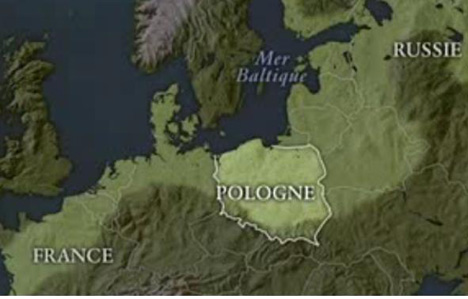
Thanks
to its vast plains and the fertile soils of Silesia, Poland
is an agricultural country (predominantly rye, barley, wheat,
sugar beet and potatoes). Moreover, the production of pork
is one of the largest in Europe. The coal production in Silesia
is the fifth largest in the world, but the funding does not
pay more, even though the industry has been restructured five
times since 1990. The mining industry also includes iron,
zinc, copper, sulfur, and natural gas - mainly in the Carpathians.
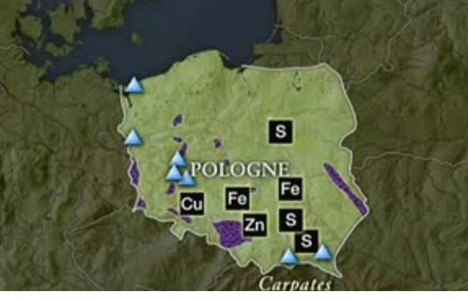
All
this led to the formation of iron, steel, machinery and textile
industries in Silesia and in Warsaw, Lodz and Poznan. On the
Baltic coast, Poland has the docks of Gdansk, Gdynia and the
port of Stettin on the Oder estuary.
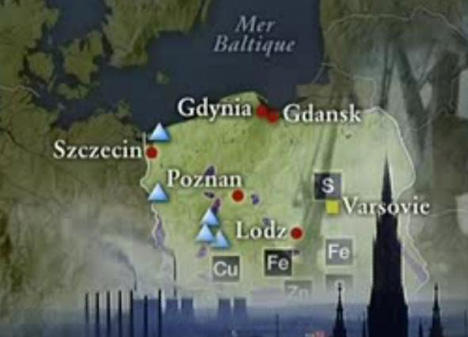
There,
the shipbuilding industry is still somewhat active. Poland
maintains trade relations with the Scandinavian countries
(the Swedish coast is situated only 150 kilometers away),
and it is a member of the CBSS, in use since 1992, which unites
all the countries bordering the Baltic Sea in an effort against
pollution and for economic development.
Poland
has 312 000 square kilometers - with 38 million inhabitants
it is the most populous of the ten EU accession countries
of 2004.
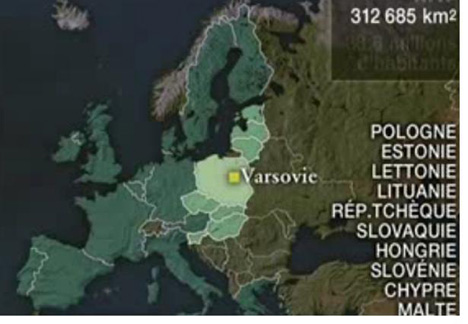
97
percent of Poles are Catholic, therefore the country has often
felt as a Catholic outpost against the Orthodox Eastern Europe.
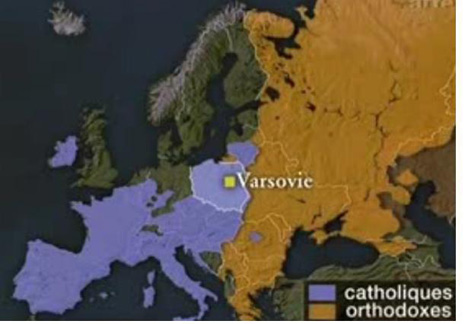
One must
not forget that the EU accession for Poland 45 years after
his involuntary membership of the atheist Soviet bloc is in
some ways a return to Europe.
Now for
the problems: It must not be denied that the Polish EU membership
also causes concern. On both sides and at least four reasons:
The
present borders of Poland are from the year 1945. Before WWII
one third of the territory belonged to Germany. Therefore,
there is concern in Poland that Germans expelled from Poland
will try to buy back the land of their ancestors after the
EU enlargement.
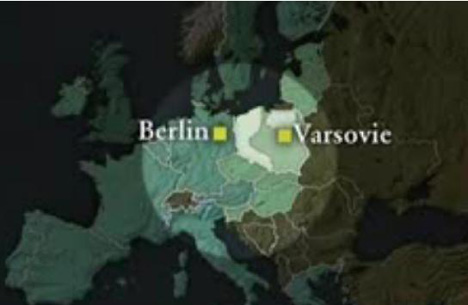
Therefore,
the Polish government has reached that EU citizens are allowed
to buy only after a transitional period of twelve years of
agricultural land in Poland.
A second reason for concern is agriculture. In Warsaw, people
are afraid of competition on the European market. And Brussels
is worried about the rising cost of the common agricultural
policy. For in the Polish agricultural sector almost 20% of
workers are employed, who earn only 4% of GDP. In addition,
56% of companies are small businesses with less than 5 hectares
of arable land, who do not qualify for funding from the European
Structural Funds.
In the next 20 years there are therefore likely to disappear
40-50% of the jobs the Polish agriculture, which will bring
significant social costs.
A third reason for concern is the Polish eastern border. The
three eastern borders with the neighboring states of Russia,
Belarus and Ukraine are the new external border of the European
Union.
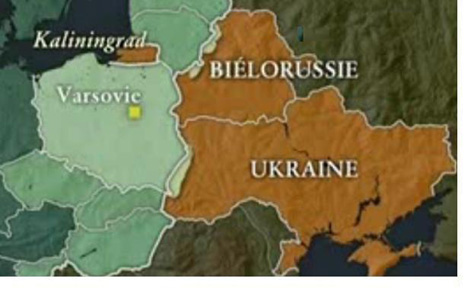
Poland
will meet the terms of the Schengen Agreement, but will at
the same time remain flexible over its three neighbors to
the east. The idea is to protect itself against smuggling,
terrorism and crime, without compromising passenger and goods
traffic. Furthermore, one might not foreclose against Belarus
and Ukraine, as Polish people live there and these countries
are important economic partners.
In the
wake of the economic crisis many Ukrainians are trying their
luck abroad, and there are already nearly a million Ukrainians
working illegally in Poland. In addition, in 2002, most Asian
refugees who tried to enter the EU, travelled via Poland.
The
fourth reason for concern, relating to some member countries
(including Germany and France), is Poland's participation
in the intervention against Iraq in 2003. This attitude of
Poland had probably several reasons. First, we must not forget
the geographical situation of the country, which had a large
influence on its history. On the map it is clear that Poland
has hardly any natural boundaries (except in the south, the
Sudeten and Carpathian Mountains), and therefore was almost
always unprotected against military attacks.
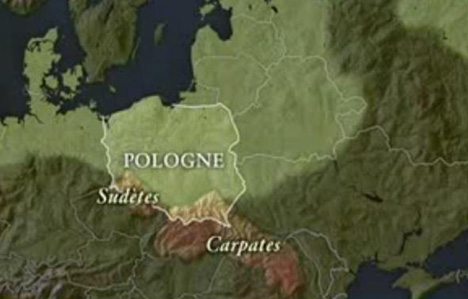
After
all, Poland has twice disappeared from the maps of Europe.
For 123 years from 1795 to 1918:
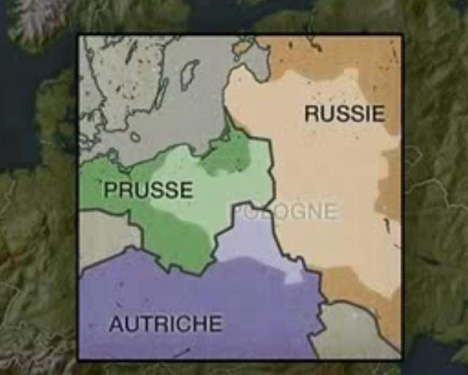
And then again in the Second World War when it was swallowed
up by the Soviet and the German neighbors.
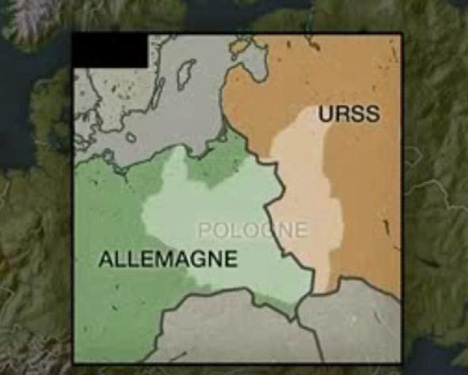
Perhaps
this is one of the reasons why Poland after the fall of communism
approached the West European security structures. And Poland
was the first to join the NATO thanks to the approval of Washington
in 1999, while it had to wait for EU membership until 2004.
Of course, this immediate support has made the U.S. popular
in Central Europe. And the Polish decision to buy American
F16 fighter jets rather than the Eurofighter, has budgetary
reasons but also safety reasons. Moreover, the U.S. is home
to the world's largest Polish minority. There live more than
9 million Poles. And so the support for American intervention
in Iraq had perhaps even moral reasons.
|